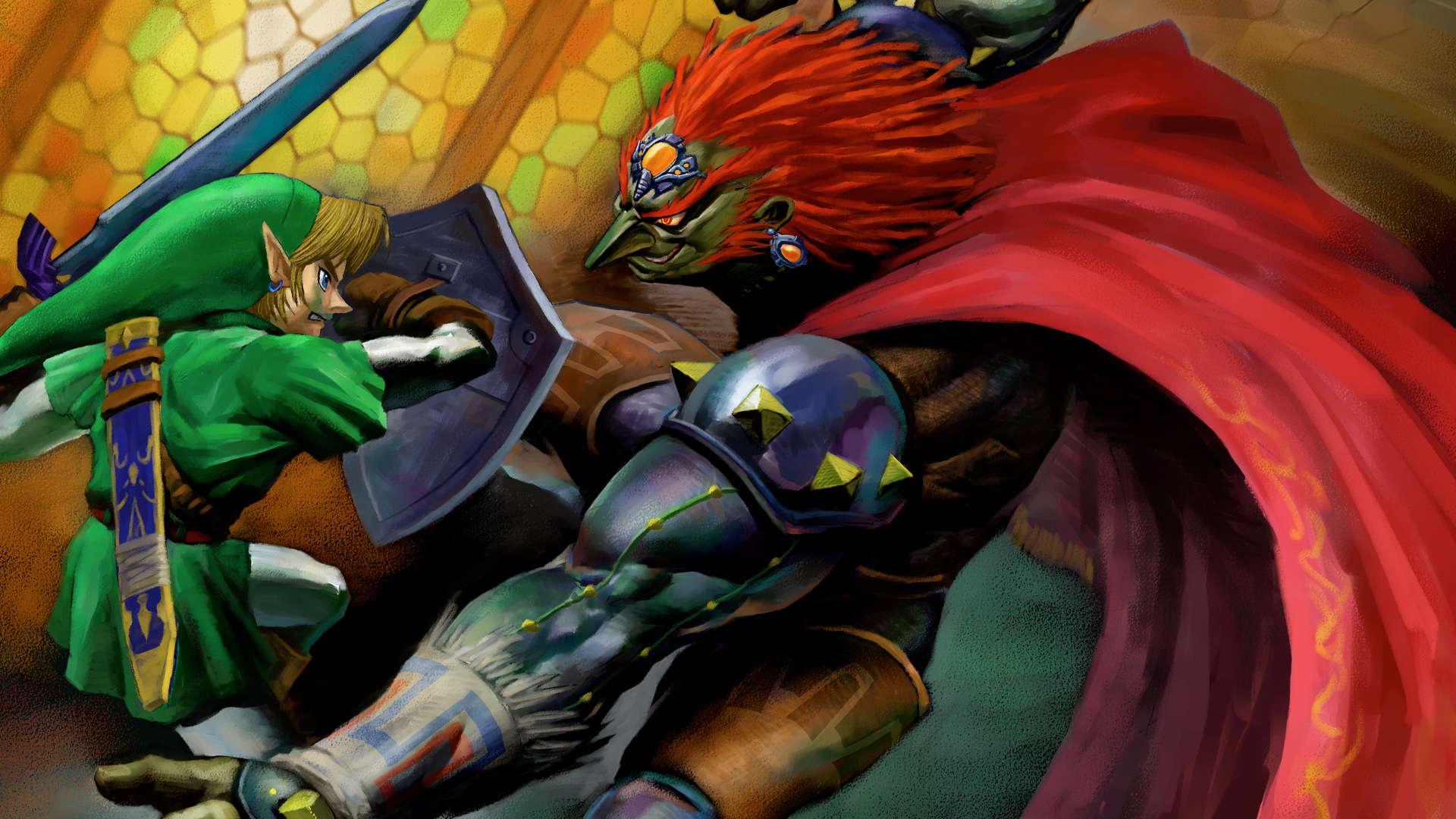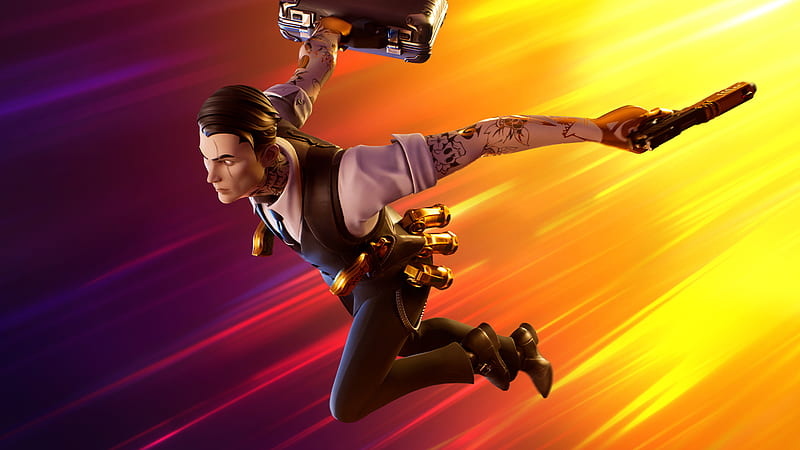Suicide Squad: Kill the Justice League deviates from expectations following the revered Arkham trilogy, provoking controversy with terms like “endgame” and “post-launch content.” As the gaming community navigates the fallout from debacles like Arkane’s Redfall and the shelved Naughty Dog Factions multiplayer, the question arises: has Rocksteady struck the right balance or sold its soul? While the studio’s ambitious gamble on Suicide Squad has its ups and downs, the payoff has been worthwhile, though not without complexities.
The game unfolds in the Arkhamverse, five years after Batman’s retirement. Task Force X, comprising Harley Quinn, Deadshot, King Shark, and Captain Boomerang, ventures into Metropolis, now under Brainiac’s control, with a mission to eliminate the brainwashed Justice League. This concept offers a rich narrative over a 12-hour campaign, showcasing Rocksteady’s signature cinematic expertise, compelling twists, and iconic character interactions. However, Suicide Squad takes a bold departure as a co-operative shooter, allowing up to four players to control the antiheroes. The gameplay, veering between traditional Rocksteady experiences and objective-based cooperative missions, prompts varying perspectives on its success.
The game’s narrative introduces a lighter tone, with the bickering Suicide Squad forming the heart of the story. Their comedic take, vastly unqualified to face Brainiac and the Justice League, adds an endearing touch. The witty banter among the squad members injects humor, creating a balance with the more serious moments. However, pacing issues arise, with tedious stop-and-start objectives disrupting the flow of the engaging story.
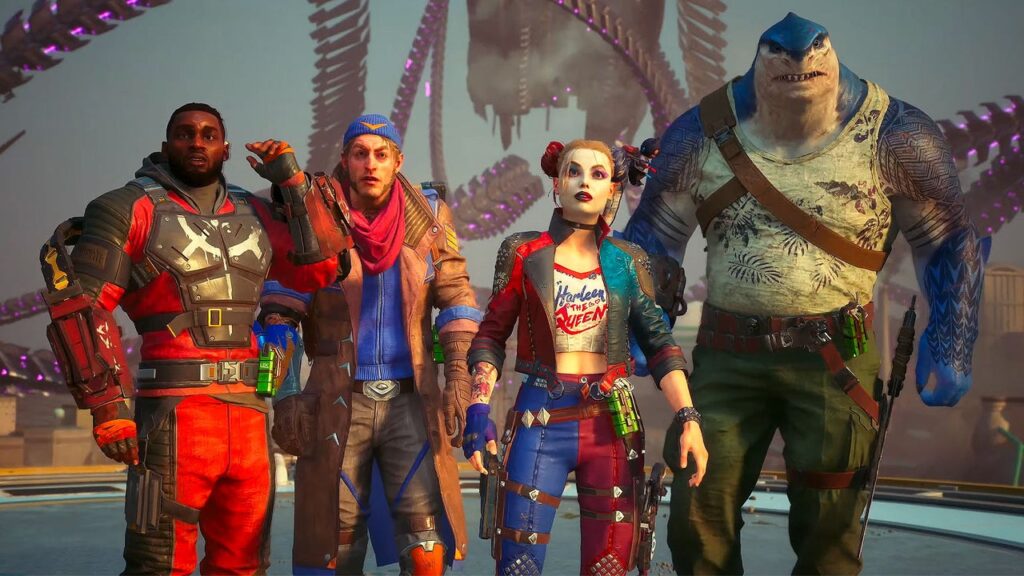
Suicide Squad’s gunplay, a departure from Rocksteady’s melee-focused combat, surprises with its snappy responsiveness and satisfying feel. The traversal mechanics, unique to each squad member, contribute to the gameplay’s distinctiveness. The Hall of Justice serves as the operating base, offering NPCs for customization and modification, enhancing the character-building process.
While live service elements integrate into the base campaign, including end screen leaderboards and cooperative features, the game avoids intrusive practices. The competitive edge introduced by leaderboards adds a layer of engagement, especially in multiplayer, where top-ranking players influence mission selection. Social Squad and seamless updates between worlds foster cooperative play with AI or friends.

As players progress into the endgame, the Incursion missions, while underwhelming, hint at future content with the promise of new areas, characters, and story expansions. Rocksteady’s commitment to free content updates, excluding cosmetic DLC, sets Suicide Squad apart from traditional live service models. However, the game’s longevity and ability to retain players remain uncertain.
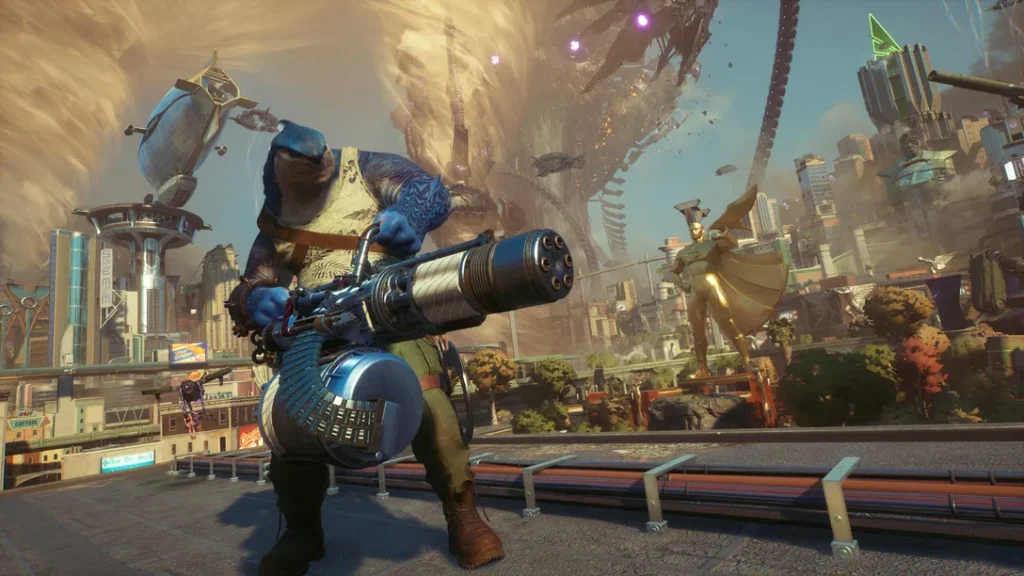
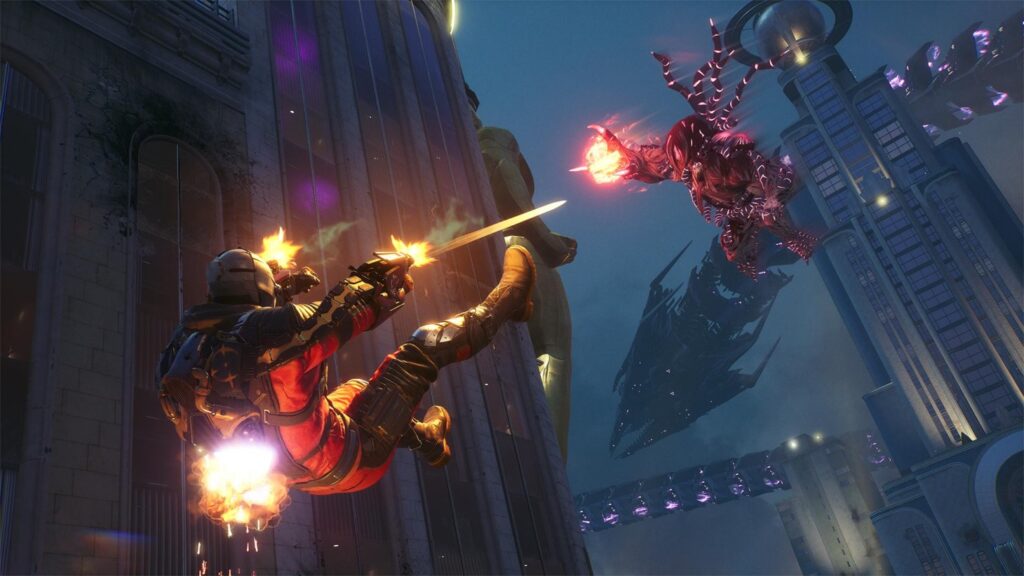

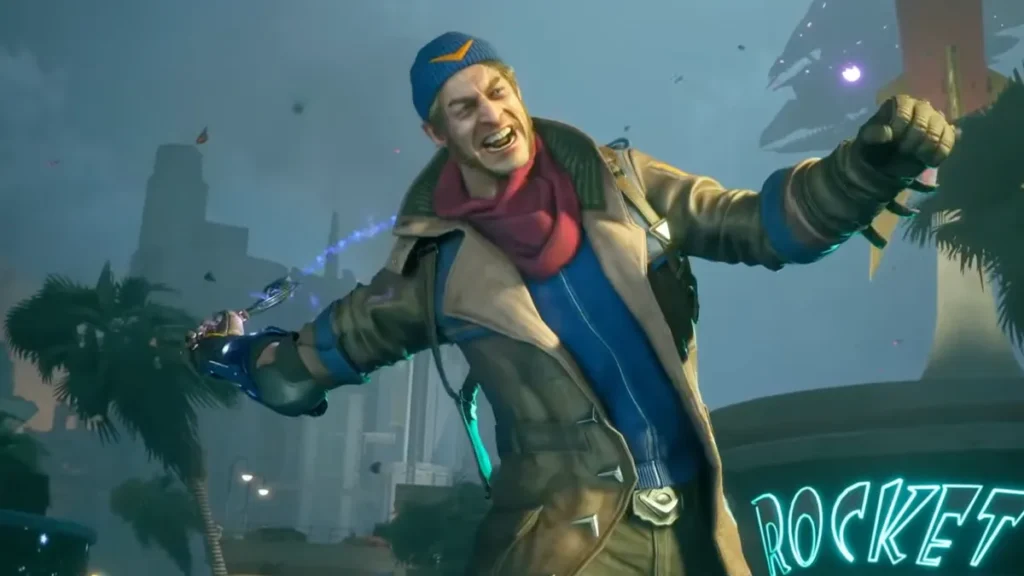
Suicide Squad: Kill the Justice League is a nuanced experience, straddling the line between traditional storytelling and cooperative gameplay. While the story lacks some payoff and pacing hiccups persist, the traversal-tinged combat stands out as genuinely fantastic. The game’s aesthetics, performance, and generous live service approach contribute to its appeal, even if the bittersweet feeling of missed potential lingers. Rocksteady’s gamble, though complicated, results in a game that is undeniably fun and promising in its evolving post-launch content.
What did you think of the Suicide Squad? Comment below.


